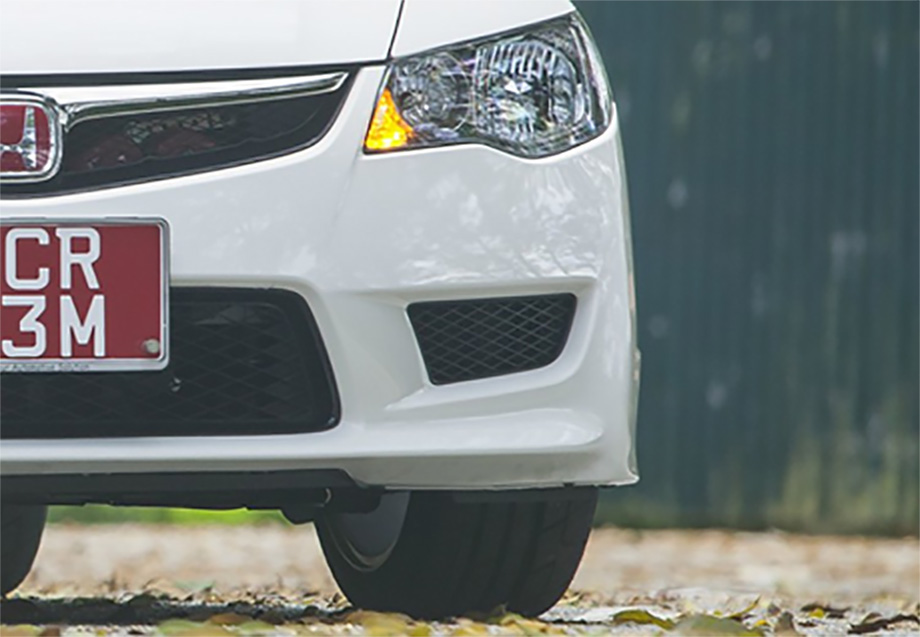Should I renew my off-peak car?

Generally speaking, it makes a lot of money sense to renew your car’s COE as the overall depreciation value will be low compared to buying a new car. This is true for both normal car and off-peak car(OPC) but it is usually more worthwhile to renew an OPC. Wondering why? Read on to find out.
Car Depreciation Value
Depreciation value for car more than 10 years old (also known as COE car) is calculated based on the following:
Depreciation of a COE car = (PQP + Minimum PARF)/No. of years left
We have included Minimum Preferential Additional Registration Fee(PARF) rebate in the calculation as it is the value a car owner has to forgo when they choose to renew their car’s COE. Minimum PARF is calculated base on 50% of ARF.
The above formula shows that depreciation will be low when (PQP + PARF) is low. Since PQP is somehow fixed for cars belonging to the same category as it is the moving average of the last 6 bids of COE premium, the key to getting super low depreciation actually depends on the PARF rebate of your car. In other words, to get a very low depreciation COE car, you have to have no or very low PARF rebate to give up when you renew your car’s COE.
Check your car PARF rebate here to find out if it is worthwhile to renew.
PARF Value
OPC usually have a lower PARF rebate at the end of 10 years when you scrap your car. This is because when you register a new OPC car, you are entitled up to $17,000 rebate offset against the Quota Premium for a Certificate of Entitlement(COE) and the Additional Registration Fee(ARF). Therefore, if you bought an OPC in the days when COE was about $10,000, you are essentially paying $0 COE and $7,000 less on ARF at the point of purchase. Due to the lesser ARF paid, your PARF rebate will be very low (about $3000 for a Toyota Vios) when you scrap your car. This makes it attractive to renew your car’s COE as the PARF rebate you forgo is extremely low.
With that, if you are considering to get a budget car to renew for the next 10 years, you might want to look for a late 2008 to early 2009 OPC (cars during that time have very low ARF) and convert it to normal car after renewal. You will only need to pay a $100 conversion fee payable to LTA to convert it to a normal car after COE is renewed. Off course, you would have to pay the standard road tax for normal cars after you convert the car but it is still worth it as you are now eligible to drive the car on the road anytime of the day.
Mileage and condition of your car
As an OPC is restricted to be on the road during peak hours, the mileage of your car on the speedometer will usually be low. A general rule of thumb is if your car’s mileage is about 100,000km (considered low for a 10-year-old vehicle), it is clear that you should consider renewing. This is because the car is most likely under-utilized and most parts should be still in good condition. However, you should still get advice from your trusted mechanic to access your car regardless of the mileage before you decide to go ahead with COE renewal.
In Conclusion
If you are not fussy with your car model and features, it is generally worthwhile to renew your current car provided that your car condition is good to be on the road for another 5 or 10 years. It becomes even more worthwhile if you own an OPC with low PARF value. Take for example a May 2009 Toyota Vios 1.5A (OPC). COE then was between $8000 to $9000. After the $17,000 rebate on COE and ARF, the car is left with no COE and about $5000 ARF on paper. The PARF rebate that you will forgo for renewing the car is only about $2500. Isn’t that a good deal for a low-cost transport for the next 10 years?
If you are still confused with all the terms and unsure of whether to renew your off-peak car, we are here to help. Call us at 6444 4400 to speak to our consultants to find out the best option for your car.
